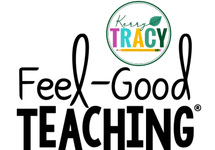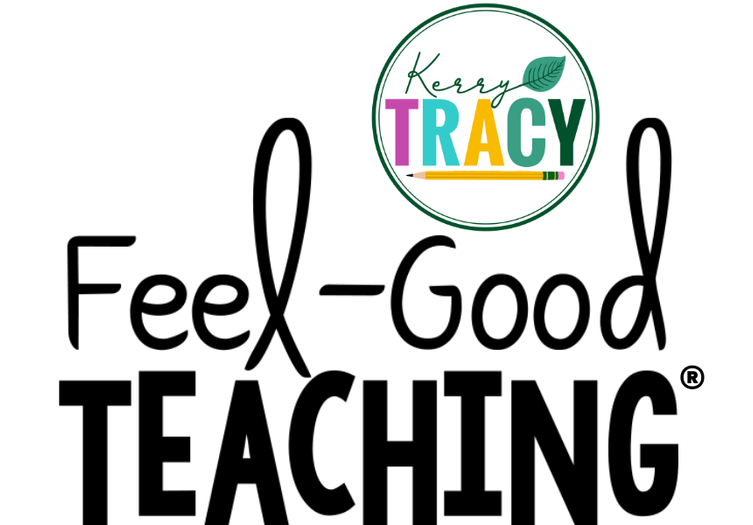Why bring character education to STEM classrooms?
The ideals found throughout this series aim to identify the special way scientists, and really all STEM Pros, think and behave so we may better practice the traits ourselves – in (and hopefully beyond) STEM classes! Yes, growth mindset is an important piece, but it doesn’t tell the whole story!
This is a resource you can try out for free!
Check out the video preview to see what is included in this resource:
In developing this series, I had three major goals:
- Explicitly identify common STEM Ideals for students to explore and study.
- Provide quotes and examples in a balanced way by gender and ethnicity so all students can see themselves in these professions.
- Make it meaningful and practical for teachers to implement in terms of time and planning.
And I was guided by three quotes:
“We think scientific literacy flows out of how many science facts can you recite rather than how was your brain wired for thinking. And it’s the brain wiring that I’m more interested in rather than the facts that come out of the curriculum or the lesson plan that’s been proposed.”
~Neil deGrasse Tyson
“Science is a way of thinking much more than it is a body of knowledge.”
~Carl Sagan
“Facts are not science – as the dictionary is not literature.”
~Martin H. Fischer
… So how do we do it?
How do we help wire students’ brains to think like scientists and other STEM Pros? Hands-on learning is critical of course, and this series is the other often-missing piece of that wiring puzzle – explicit, intentional study of how STEM Pros engage with their studies and the world!
What are the ideals & how were they chosen?
I researched and read up on current and legendary STEM professionals (STEM Pros), keeping a running list of traits found in their stories and in their work. Next, I reflected deeply on what I really wanted students to embody in their STEM work. That led to a list of 25 ideals, organized into five categories:
- Growth Mindset (set 1)
- Skills & Process (set 2)
- Guiding Principles (set 3)
- Habits of Mind (set 4)
- Beyond Self (set 5)
- Bundle (all sets)
__________________________________________________________________
What is included in the STEM Ideals Set 3: Guiding Principles resource?
- Bulletin Board Headers
- Posters (full letter size & quarter size with editable text)
- Work Hard
- Be Resourceful
- Be Patient (two options provided)
- Be Objective & Unbiased
- Use Logic & Reason
- Teacher Pages
- Background
- Recommended Lesson Structure
- Ways to Use this Resource
- Bonus Options & Resources
- STEM Ideals Descriptions (editable text)
- Student Pages (editable text)
- Mini Reflections (editable text)
- Quote Analysis (editable text)
- 12 quotes from current and legendary STEM Professionals
- Video Response 1: Benjamin Banneker & Cyclops Sheep
- Video Response 2: Katherine Johnson & Dmitri Mendeleev
- STEM Pro Bio Template
- Ranking Activity
- Caught Being Ideal Nominations & Awards (editable text)
- Access to website with additional resources (articles, books, videos, and more) that will be updated periodically.
__________________________________________________________________
How much time will this take?
Adding STEM Ideals to your lessons doesn’t have to take a lot of time. This set was designed to focus on a different ideal each week, for about 5 – 10 minutes a day, making it perfect for bell work, centers, and early finishers. Each day, one or more reflection activities may be assigned. Student options can easily be combined or eliminated to accommodate your schedule.
Is this series appropriate for any STEM classroom?
While the ideals in this series will work well in any STEM class, I think it’s best -suited for science classrooms because more of the videos/articles/quotes used are from scientists than any other field. Math, engineering, and technology fields are represented, of course, but the series examples skew toward science.
__________________________________________________________________
More questions?
You might be wondering why these are STEM Ideals rather than traits, principles, or habits, or what the thinking was behind using verb phrases (Be Safe) vs. nouns (Safety).
A LOT of thought and consideration went into these and other decisions about the resources. You’ll find the rationale behind my answers to these and other questions within the resource as well as in this blog post. You can always reach out to me through the contact tab as well.














Reviews
There are no reviews yet.